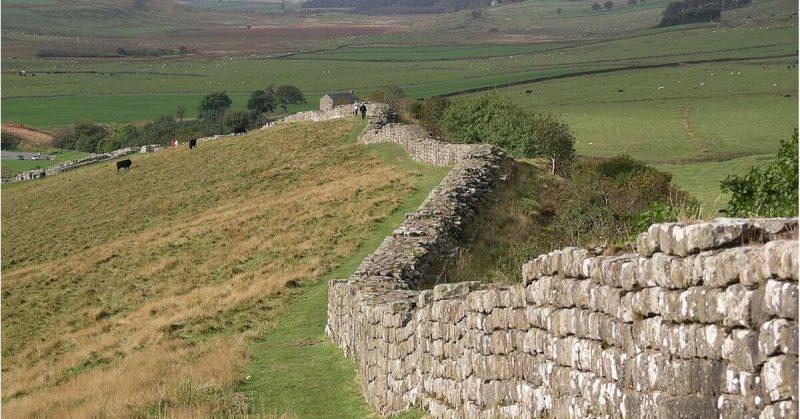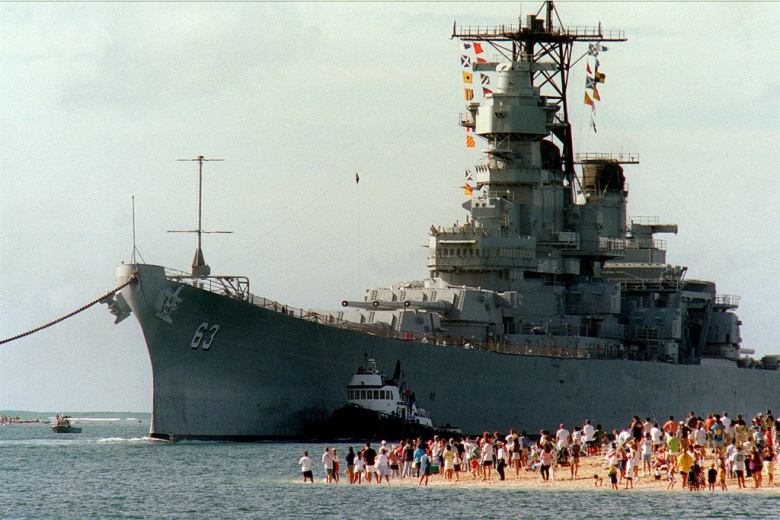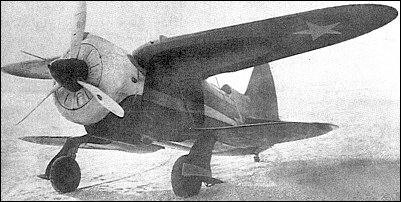
Ετικέτες
- -Παράδοση (140)
- Αμερική-Η.Π.Α (148)
- Αμερική-Η.Π.Α. (2675)
- Ανταρκτική (7)
- Άρης (15)
- Ασία-Μ.Ανατολή (2763)
- Αστρονομία- Επιστήμη (895)
- Αυστραλία (82)
- Αφρικη (307)
- Αφρική (199)
- Αφροδίτη (3)
- Διεθνή (6429)
- Εναλλακτική Ιστορία (274)
- Εξ. Πολιτική (Αρχές) (152)
- Επιστήμη-Διάστημα (170)
- Εσωτερική πολιτική (3342)
- Ευρώπη (7882)
- Ζητήματα Ελληνισμού (12750)
- Ζητήματα Στρατηγικής (3077)
- Ζητήματα Στρατηγικής Μονάδες (2)
- Ζητήματα Στρατηφικής (365)
- Ζωικό Βασίλειο (102)
- Θρησκευτικά Ζητημάτα (1706)
- Ιατρικά (384)
- Ιστορία-Μέθοδολογία (278)
- Ιστορικά (9668)
- Κοινωνία (3026)
- Κουρδικό (301)
- Κρόνος (1)
- Κύπρος (743)
- Μαγειρική (123)
- Μεθοδολογία (33)
- Μονάδες (3570)
- Οικονομία (2581)
- Οπλικά συστήματα (1523)
- Οχήματα (270)
- Παιδεία (540)
- Περιβάλλον (122)
- Πλούτωνας (5)
- Πολιτισμός (1389)
- Ρομαντισμός (220)
- Σελήνη (6)
- ση (2)
- Σημαντική Ανάρτη (2)
- Σημαντική Ανάρτηση (199)
- Συγκριτική Ιστορική Ανάλυση (772)
- Τέχνη (1)
- Τεχνολογία (2)
- Τουρκία (2462)
- Τρομοκρατία (760)
- Φιλοσοφία (336)
- Χ.Α. (748)
- ΧΑ (1)
Τετάρτη 24 Αυγούστου 2016
20 Things You Didn’t Know About Hadrian’s Wall

Nazi Germany's Battleship Bismarck vs. America's Iowa Class: Who Wins?

Nikitin-Shevchenko IS-1

Perhaps the most innovatory single-seat fighter to
undergo flight testing in the late 'thirties was the IS-1.
Polymorphic in concept in that it could translate from
biplane to monoplane configuration and back again in
the air, the IS-1 (Istrebitel Skladnoi or folding fighter)
was conceived by Vladimir V Shevchenko and designed
in collaboration with Vasili V Nikitin. The IS-1
was intended to take-off as an unequal-span biplane,
subsequently retracting its main wheels pneumatically
into the lower wing and then folding this wing (again
pneumatically), the centre section into recesses in the
fuselage sides and the outer panels into shallow
depressions in the upper wing. Theoretically, the lower
wing could be extended during combat to increase
manoeuvrability. The IS-1 was powered by a 1,100hp
Shvetsov M-63 nine-cylinder radial and carried an
armament of four 7.62mm ShKAS machine guns. Construction
was all metal and the prototype was flown for
the first time on 6 November 1940, the lower wing being
successfully retracted and extended within 7-10
seconds during subsequent trials. Refinement of the
basic design for series production had meanwhile re-
suited in the IS-2, only one prototype of the
IS-1 being completed.
|
Εγγραφή σε:
Σχόλια (Atom)
